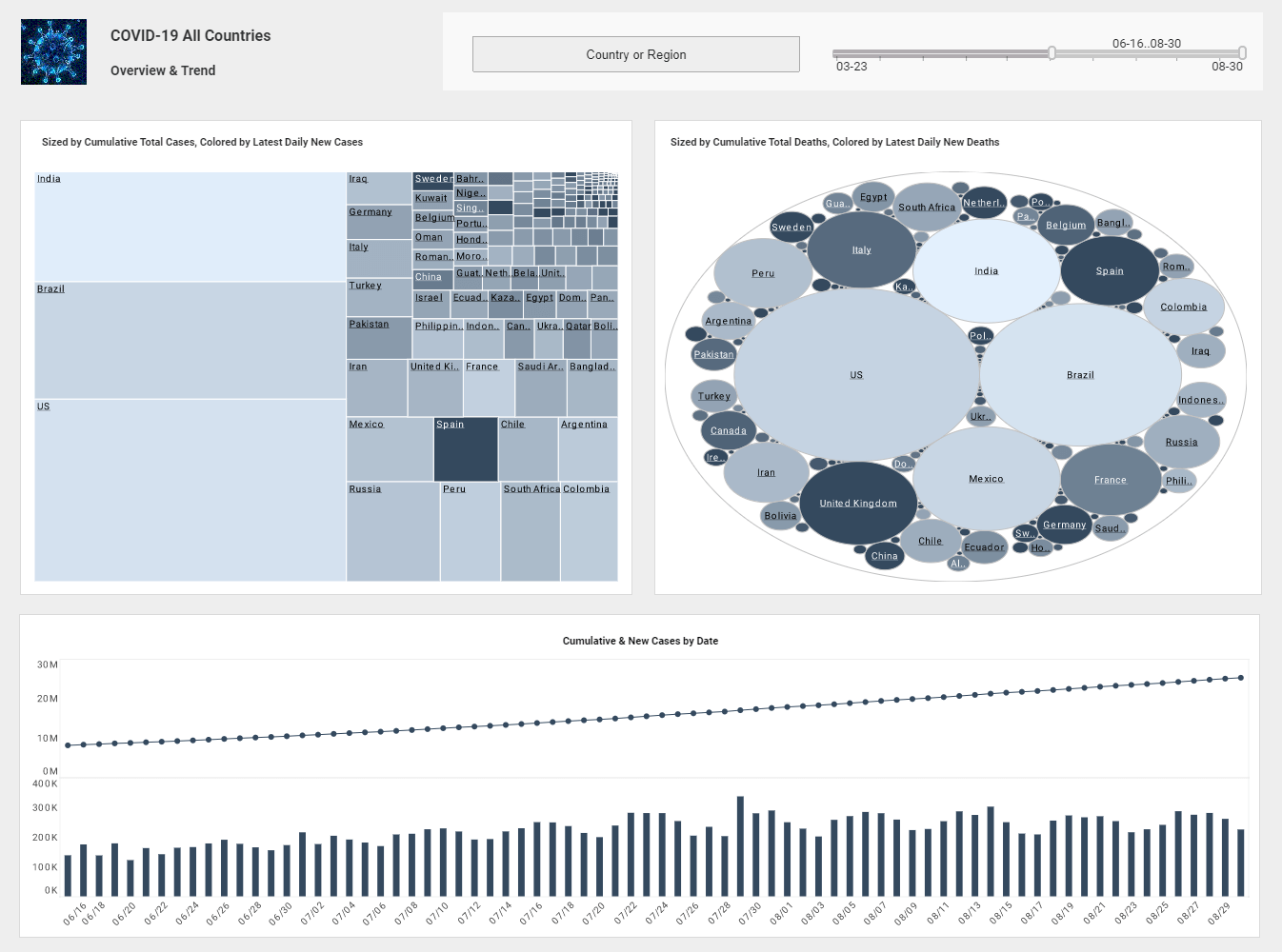The Data Warehousing BI Roadmap
This is the continuation of the transcript of a Webinar titled "Why MDM?” hosted by InetSoft. The speaker is Christopher Wren, Principal Consultant at TFI Consulting.
You know I’ve heard this so long before, and it scares me a little bit that we are leaving out this discussion the reason of why the business is asking for this. It’s amazing how MDM is following the data warehousing BI roadmap. I am old enough but I remember the days when IT said, we build the data warehouse, and the business users will come and use our data and do all these analytics and all that good kind of stuff.
And I am hearing kind of the same thing with master data management. I will build the customer repository. The business will figure out how we use it, and that really does worry me. They are going down that same path of building something and waiting for the business to figure out how to use it. Now you have to have a business reason for building this and make sure that you follow through and incorporate master data in the entire business infrastructure, whatever it is.
Look out in your analytical environment, or look out in your IT environment where the business is complaining. People might say, I don’t trust the data within your analytical environment. I am not going to do my roll up of my monthly sales based on that because I think those numbers are false. And they try to do it themselves and put it together in an Excel spreadsheet, etc. It's just not the method or not the path to take.
Understanding the Business Need for MDM
I think the IT people challenge is how to convince business they actually need it. It seems like it should be such as intuitive no-brainer to have integrated customer data and integrated product data.In some ways, it’s stunning to me that the business doesn’t get that. It's almost an issue of priority. And what we have heard from a lot of people is that you have to insert MDM into the projects they are getting.
There is a huge value proposition and a huge opportunity to leverage MDM rolled into an analytical or data warehouse initiative that’s already going forward because it becomes then a launching point for any larger MDM initiative.
Because the value proposition where I can create this clean accurate which many people call that golden record of master data, that can be leveraged to my analytical environment then that same repository and data can then be leveraged throughout the enterprise for other applications and continue to grow from there.
I want to just switch gears a little bit and talk about some of the trends. The last research I saw show that about two thirds of enterprises were in the exploration phase of an MDM project. So they would like to do this but don’t have any definitive plans or designs yet. So, it's very clear we are in early adopters phase. It’s very clear that the pace of adoption is accelerating, and it's being led by effective data warehousing and business intelligence vendors into this hot and heavy.
The Role of IT in MDM Initiatives
They understand it, and I think that’s so critical that they understand cross-domain data integration, dealing with data quality problems, etc. Think about an IT department, so much of their resources spend their entire lives integrating operational systems together, making sure that customer data goes from the order entry system to the billing system to the GL system and making sure that it looks right.
So in terms of the operational side, if we can just get that environment going, master data management simplifies both operations and business intelligence creation unbelievably. But we got to get over that hump. We have got to get it created and get it made, and then all good things go from there.
One of the biggest challenges organizations face is aligning IT initiatives with real business objectives. Too often, technology projects are launched without a clear understanding of how they will deliver measurable value to the business. This disconnect can lead to wasted resources and missed opportunities, especially in complex areas like master data management and business intelligence. Ensuring that every data warehousing project is driven by specific business needs helps maximize ROI and fosters greater collaboration between IT and business stakeholders.
Another key consideration is scalability. As businesses grow and evolve, their data requirements become more sophisticated. A well-designed data warehousing and MDM strategy should not only address current needs but also anticipate future demands. This means building flexible architectures that can accommodate new data sources, changing business processes, and emerging technologies. By planning for scalability from the outset, organizations can avoid costly rework and ensure their data infrastructure remains robust and adaptable.
Finally, successful adoption of MDM and BI solutions depends on user engagement and training. Even the most advanced systems will fail to deliver value if end users do not understand how to leverage them effectively. Investing in comprehensive training programs and ongoing support helps ensure that business users can access, interpret, and act on the insights generated by these platforms. This empowers teams across the organization to make data-driven decisions and unlock the full potential of their data assets.


